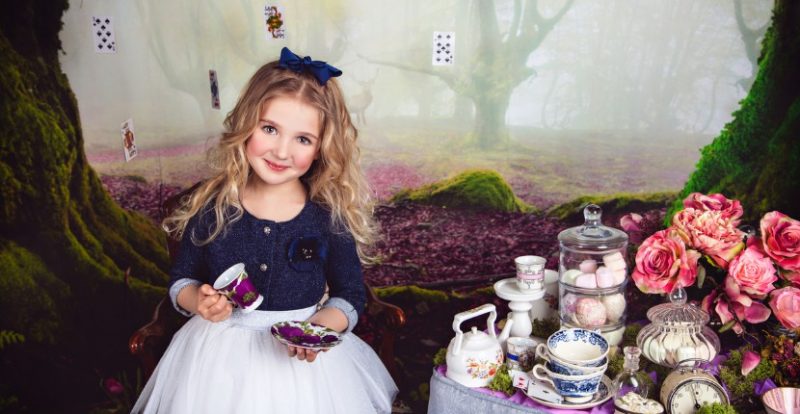Even though the rumors aren’t true that Lewis Carroll wrote Alice’s Adventures in Wonderland during a hallucinogenic trip, the book still remains a fascinating study of reality while being a prime example of the nonsensical fantasy genre.
Just because something is nonsense doesn’t mean you can’t learn from it, and you don’t need a literature degree to notice that the novel is rife with symbolism. While both the book and Disney film adaptation are kooky on a superficial level, anyone paying close enough attention will notice the rampant symbolism in both: adulthood.
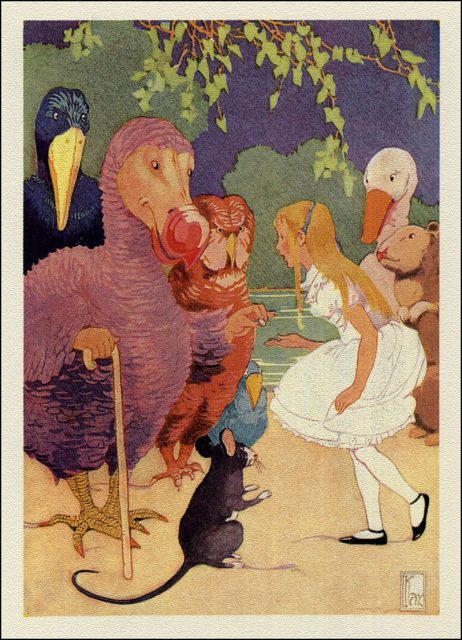
The main character, Alice, is a little girl of undefined age (though in the sequel she claims she’s seven and a half, so we can assume she’s at least seven years old) who has years of physical and mental change ahead of her.
The Adventures in Wonderland begin with young Alice sitting in a garden. Idyllic and beautiful, this verdant space draws parallels to the Garden of Eden. Rather than plucking a forbidden apple, though, Alice gives in to desire and crawls into the tree.
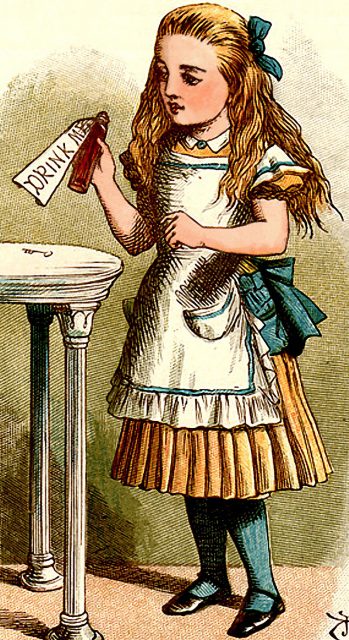
This retreat away from reality reflects Alice’s desire to remain a child, rather than face the advancing sands of time. However, this isn’t Peter Pan, and her journey of self-exploration has frightening themes of aging and sexuality as she slips further towards puberty and adolescence.
Once inside Wonderland, her adventure is fraught with complications and she no longer knows an innocent or peaceable life. Through several bizarre happenings, Alice’s body grows disproportionately large and small, many times with no good reason, and she is unable to understand why. Though seven is a bit young to be undergoing such drastic changes, this is without a doubt an allusion to puberty.
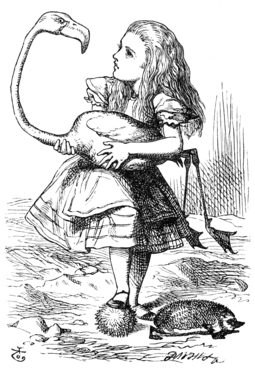
During her adventures, Alice is repeatedly asked to prove what she knows and often recites the lessons she’s learned to others she meets along the way. During Victorian times experimental language was all the rage and Carroll made use of it extensively.
Here are some hilarious Victorian vulgarities that people should know:
https://youtu.be/utw0IVJcGK0
Several characters contradict her, however, and Alice finds herself questioning her own mind. These interactions are no doubt relatable to any child who’s ever struggled to get credibility, let alone a sympathetic ear, from an adult.
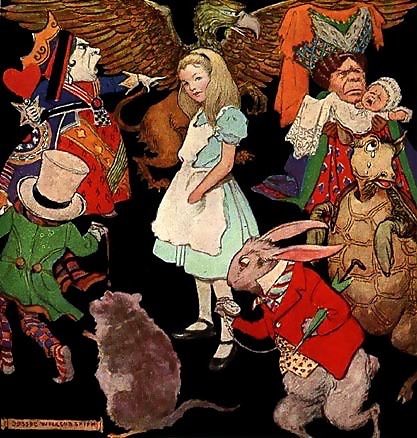
Her acquaintance with the caterpillar gives rise to a curious event in which Alice needs to tackle a mysterious mushroom to maintain her ever-changing size.
This can be interpreted in two ways: does the mushroom represent temptation in the form of drug use, as some say teens see illicit activities as the only way to control their own lives in a parentally-controlled setting? Or is it a phallic symbol, presenting temptation and the penultimate hurdle into womanhood?
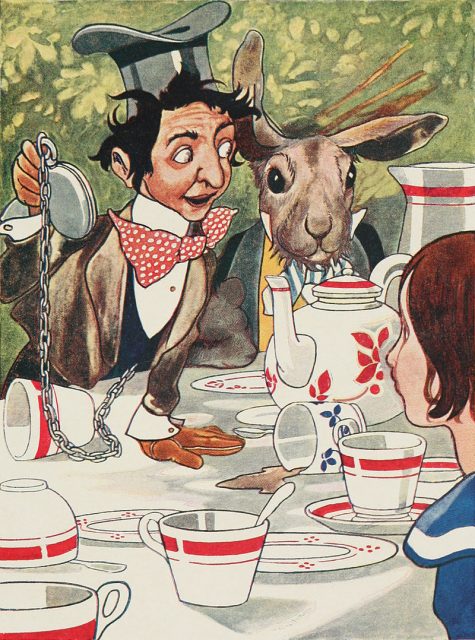
The LSD-Carroll association myth is easily debunked given that the drug wasn’t officially announced until the 1930s, but it’s undeniable that the magic mushroom has trippy effects.
It would also be a stretch to imply an improper relationship with the caterpillar, as he leaves before Alice tastes the mushroom. In a less risqué analysis, the mushroom could simply represent the young girl learning decision making skills, problem solving to come to a solution (in Alice’s case, maintaining her normal size).
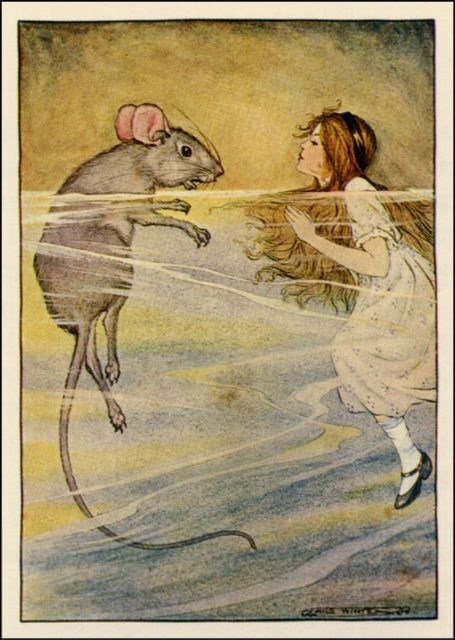
Moving away from raunchier themes, confusion is a central element throughout the story and a very prevalent factor in growing up. Nothing Alice does or sees seems to make sense.
There are puzzles everywhere, be it the Caucus race, the riddles put forth by the Mad Hatter, or the croquet game Alice is drafted into against the Queen of Hearts. None of these events have a definitive outcome, and Alice can’t seem to figure out how or why any of them occur. Anyone who’s reached adulthood already could attest to confusion being a pretty regular feeling.
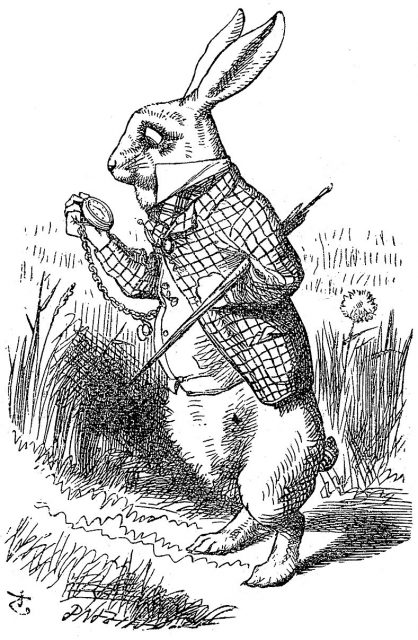
While it may seem like one fantastic journey for a young girl, Alice’s Adventures in Wonderland carries an underlying message which encompasses the inevitable loss of childhood.
Read another story from us: The Original Story Of Pinocchio is Scary as Hell
The Disney adaptation’s quaint imagery may cover up this depressive realization, but this analysis will be clear to anyone reading the original text.
